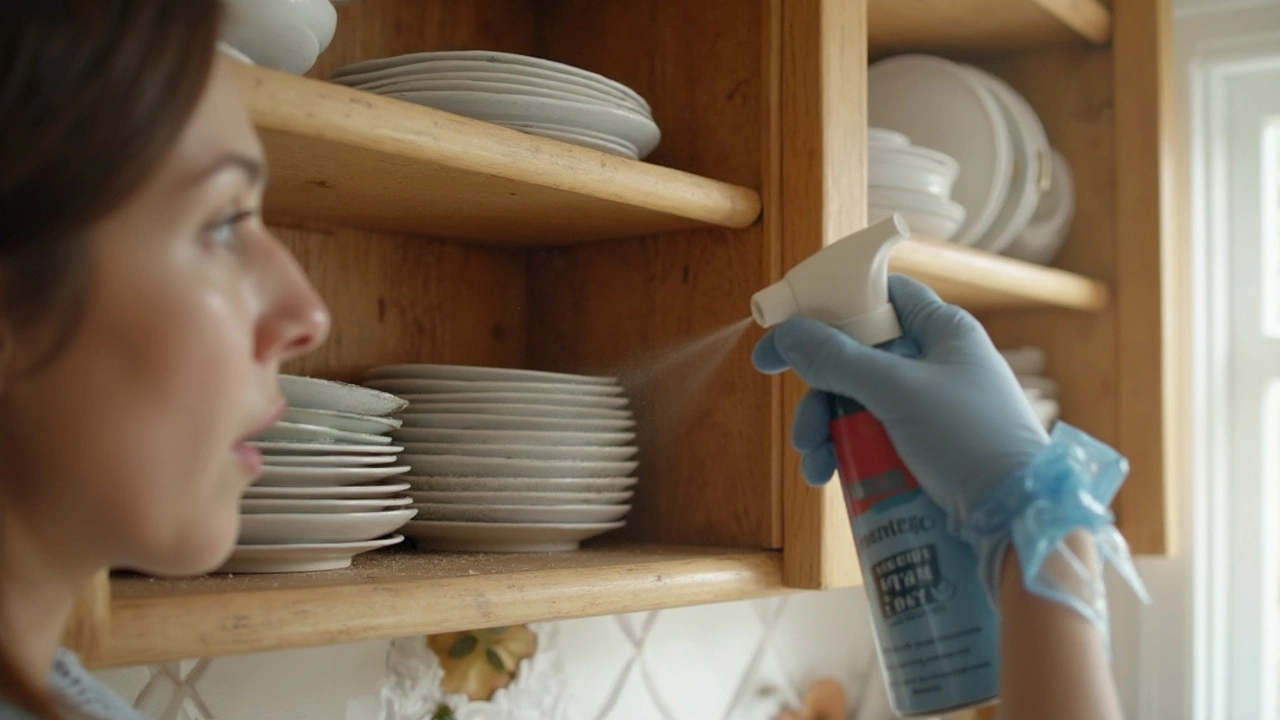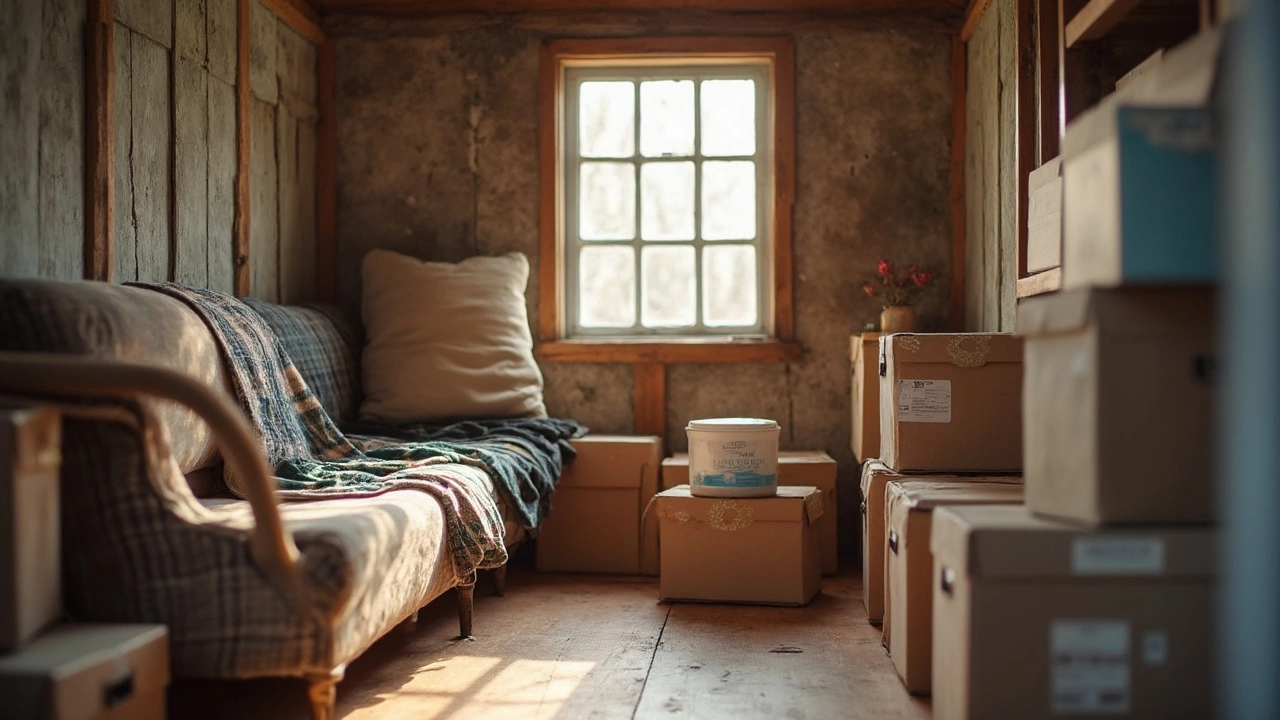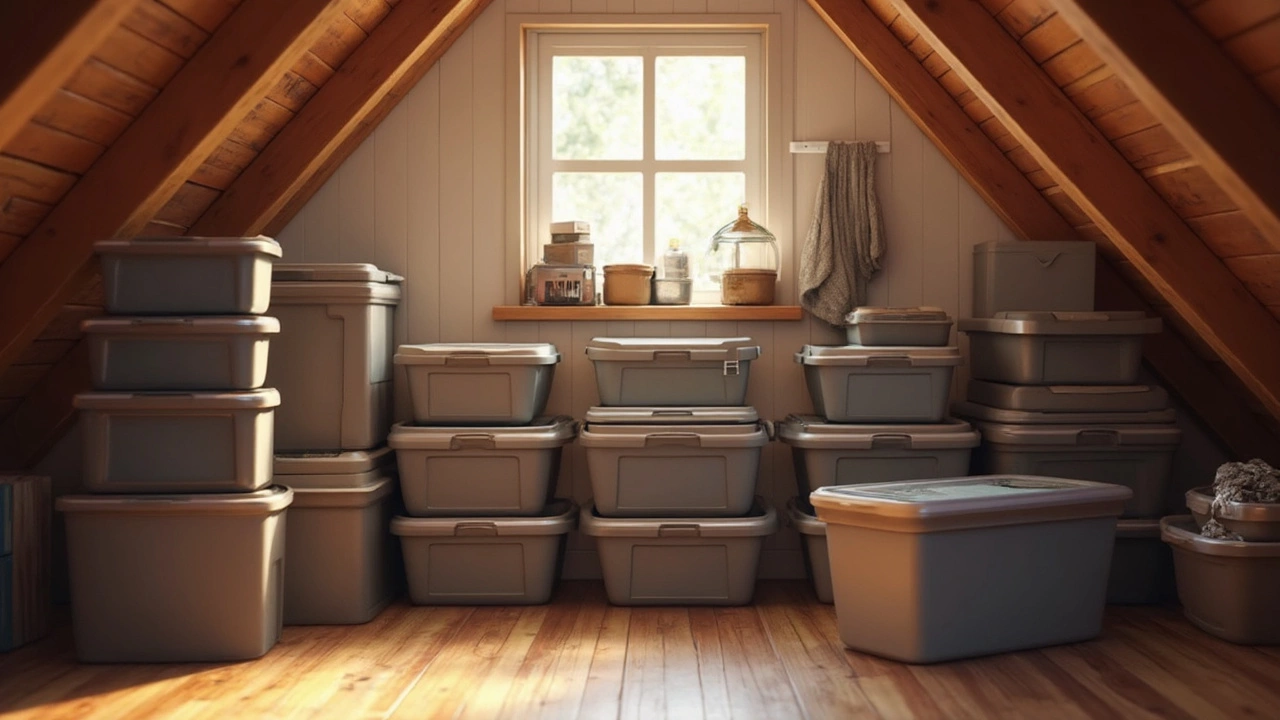Prevent Mold on Your Furniture: Simple Steps for a Fresh Home
Did you know a tiny bit of moisture can turn your favourite sofa into a breeding ground for mold? It doesn’t have to happen. With a few everyday habits you can keep your pieces looking great and your air healthy.
Know Where Mold Loves to Hide
Mold thrives in damp, dark spots. Common troublemakers are the underside of cushions, the back of a bookshelf, and the corners of a wooden coffee table. These areas stay wet longer when you spill a drink, forget to dry a window sill, or leave the house in a rainy spell. Even the inside of a storage bed can become a mold hotspot if you store damp blankets or laundry there.
Another sneaky spot is the fabric of upholstered furniture. When humidity climbs above 60 % and the fabric stays moist for many hours, spores start to grow. That’s why you often see a musty smell on sofas that have been left in a basement or near a leaky pipe.
Everyday Actions That Stop Mold Fast
Ventilate, ventilate, ventilate. Open windows for at least 10 minutes a day, especially after cooking or showering. If you can’t open a window, run a fan to move stale air out and fresh air in. Good airflow dries out the places mold needs to live.
Keep humidity low. Use a dehumidifier in rooms that stay damp, like basements or laundry rooms. Aim for a humidity level between 30‑50 %. A cheap hygrometer will tell you if you’re in the safe zone.
Wipe spills right away. A coffee ring on a wooden coffee table can turn into a mold patch if you let it sit. Grab a dry cloth, blot the spill, then use a light cleaner made for wood or upholstery. Avoid harsh chemicals that can damage the finish.
Give furniture a breath. Don’t push sofas against walls. Leave a few inches of space so air can circulate. For bookshelves, keep the top shelf clear of heavy items; heavy loads push the wood down and trap moisture.
Use mold‑resistant covers. Slipcovers made from breathable fabrics let air move while protecting the sofa from spills. If you need a waterproof layer for a patio set, choose a breathable, water‑based spray instead of a sealed plastic sheet.
Check for leaks. A slow roof leak or a pipe drip can wet the floor for weeks before you notice. Fix any leaks promptly and dry the area with fans or a towel.
Clean regularly. Vacuum upholstered pieces with a HEPA filter to remove dust that feeds mold. Wipe wooden surfaces with a damp cloth (not wet) and then dry them immediately.
When you buy new furniture, look for pieces treated with natural anti‑mold finishes. Many of our Rustic Social sofas use sustainably sourced timber that’s naturally resistant to rot and mold, giving you extra peace of mind.
By making these simple changes part of your routine, you’ll stop mold before it starts. Your furniture stays beautiful, your home smells fresh, and you avoid costly repairs down the line.
Got a stubborn mold spot? Mix one part white vinegar with one part water, spray it on the affected area, let it sit for a few minutes, then wipe clean. The acidity kills spores without harsh chemicals.
Keep an eye on humidity, stay on top of spills, and let air move through every room. Your furniture will thank you, and you’ll enjoy a healthier, mold‑free home.
What Kills 100% of Mold on Storage Furniture?
If you’ve got mold creeping onto your shelves or cabinets, you need a real solution—not just a temporary fix. This article gives you the honest facts about what actually kills 100% of mold in storage furniture. You’ll get tips for picking the safest (and strongest) mold killers, ways to keep mold from coming back, and reasons why simply wiping it away never works. Forget internet myths—here’s what really gets the job done for good.
MoreBest Moisture Absorber for Storage Units: What Actually Works?
Worried about humidity ruining your stuff in a storage unit? This article breaks down the most effective moisture absorbers to keep your belongings safe from mold, mildew, and odors. See which products actually work, what to avoid, and a few tricks that most people forget. Whether you're storing old furniture or winter clothes, this guide helps you choose the right solution the first time. Save time, cash, and headaches by getting the facts upfront.
MoreBest Storage Containers to Prevent Mold: Say Goodbye to Musty Buildup
Mold in storage is a common issue that can damage your belongings and create health hazards. This article explores the best types of storage containers designed to keep mold at bay. From materials to seal types, find out what works best to ensure your items stay fresh and dry. Learn practical tips on choosing the right containers to protect your goods from unwanted mold growth.
More


